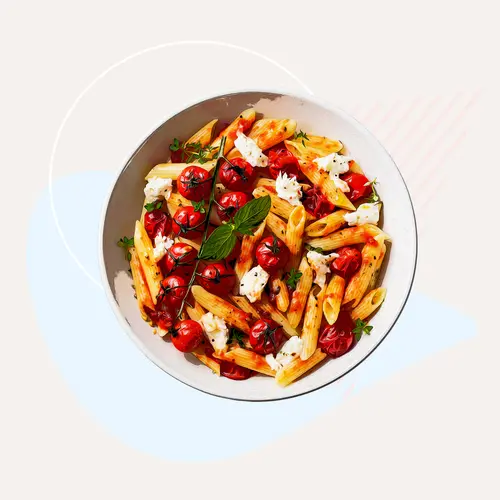Turkey Safety

Hide Video Transcript
Video Transcript
Narrator
The star of the holiday table is also the butt of many holiday horror stories. Shopper
We cut into it and it was frozen in the middle. Shopper
There was still blood in the turkey. So I think we commenced eating the chittlings. Narrator
It's no laughing matter. The USDA says 76 million Americans get sick from infected foods each year. 5,000 of them die. USDA tests have shown that some turkeys carry Salmonella, a dangerous food-poisoning germ, and other bacteria. Kathleen Zelman, MPH, RD
So you need to be especially careful that you cook it to a proper temperature and that when you're finished eating it, you put it away within two hours of the meal. Narrator
Cook your bird at 325 degrees with a thermometer inserted into the deepest part of the thigh. When it reads 165 degrees, your turkey is done. But there are other safety tips to consider. Kathleen Zelman, MPH, RD
Whether you buy a fresh or a frozen turkey, the most important thing is that you put it on a tray on the bottom shefl in the refrigerator. This way any juices that accumulate will stay on the tray and won't contaminate other foods. And if you buy a frozen turkey, the most important thing to remember is it takes about a day for every 4-5 pounds to defrost. Narrator
The safest approach for a faster thaw is to use cold water that is changed every 30 minutes. Wow, that means standing over a sink for 8 hours to thaw a 16 pound turkey! Can't we speed things up by using hot or warm water? Kathleen Zelman, MPH, RD
You've got to keep that water cold in order not to allow bacteria to grow and proliferate in the bird that's trying to be thawed. Narrator
More tips—Buy your turkey last and immediately put it in a fridge set to less than 40 degrees. Prepare your turkey in a sink and use hot, soapy water to scrub anything that comes in contact with it, including, of course, your hands. And don't forget, it's safest to cook your stuffing separately. The turkey's done, the stuffing's done, and all is well in the world of safe holiday feasting. Or is it? Kathleen Zelman, MPH, RD
The golden rule for leftovers—think two hours, two inches. Put all the food away within two hours. Use two inch deep containers to store the food. It'll cool it quickly and keep it safe. Narrator
Wishing you a safe and happy holidays, I'm Sandee LaMotte. 